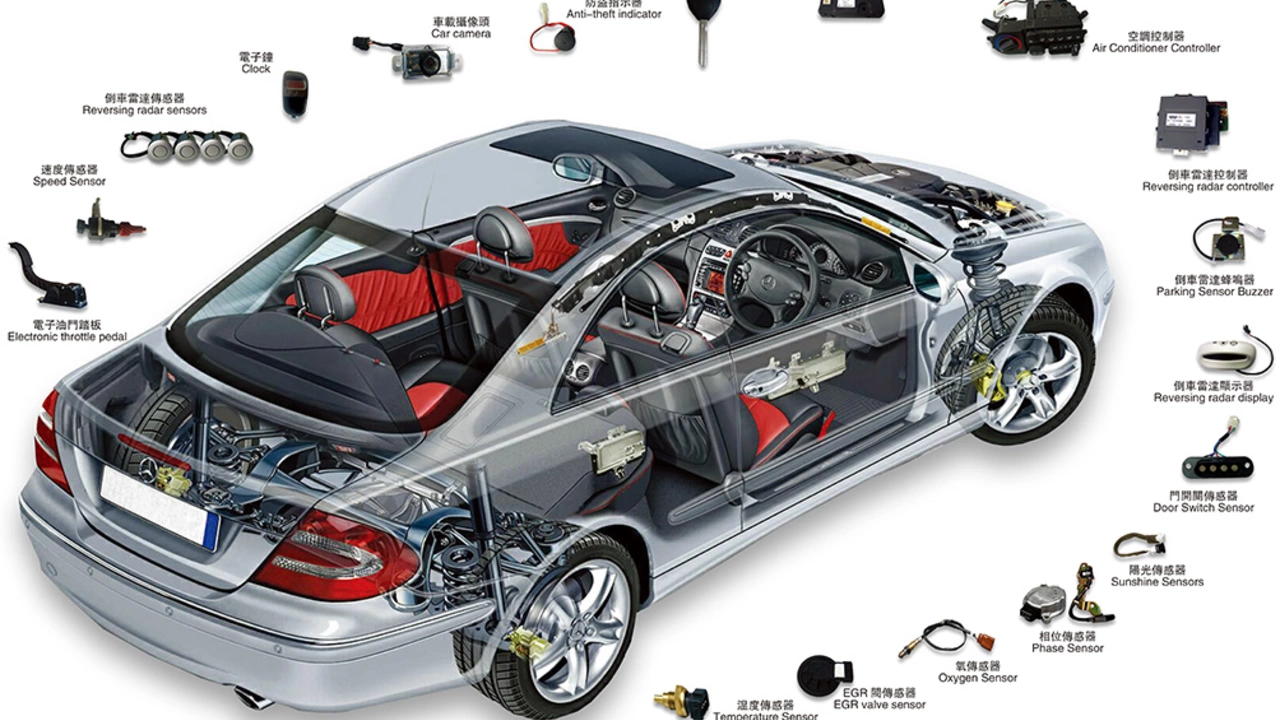Motorbike Installation Tips for Riders Who Want It Done Right
Got a new exhaust, a set of handlebars, or a broken brake line? Installing motorbike parts can feel scary, but with the right approach it’s a breeze. In this guide we’ll walk through the tools you’ll need, common mistakes to avoid, and a simple step‑by‑step process that works for most bikes. Grab a coffee, roll up your sleeves, and let’s get your ride back in shape.
Essential Tools for Motorbike Installation
The first thing you need is a solid tool kit. A basic set should include a set of metric wrenches (both open‑end and box‑end), a socket set with extensions, screwdrivers (flat and Phillips), and a torque wrench. Many riders also keep a pair of pliers, a rubber mallet, and a thread locker handy. If you’re working on electrical parts, grab a multimeter and some heat‑shrink tubing. Having the right tools on hand prevents you from stopping halfway through a job to run to the shop.
Don’t forget safety gear. A pair of gloves protects your hands from sharp edges, and safety glasses keep debris out of your eyes. A sturdy bike stand or a center stand makes the bike stable and gives you room to work around the frame. Investing a little in a good stand pays off in time saved and fewer accidental drops.
Step‑by‑Step Installation Guide
1. **Read the manual** – Even if you’ve installed similar parts before, the manufacturer’s instructions contain crucial torque specs and alignment notes. Keep the manual open on a clip or tablet holder so you can reference it hands‑free.
2. **Prep the bike** – Disconnect the battery if you’re touching any electrical components. Clean the area around the bolt pattern with a rag; oil or dirt can cause bolts to slip and lead to stripped threads.
3. **Fit the part** – Position the new component loosely first. Check that all mounting points line up and that any hoses or cables have enough slack. If something looks off, adjust before tightening.
4. **Torque the bolts** – Using your torque wrench, tighten each bolt to the spec in the manual. Tighten in a criss‑cross pattern if you have multiple bolts; this ensures even pressure and prevents distortion.
5. **Double‑check** – Once everything is tightened, give the part a gentle shake to confirm it’s secure. Re‑connect the battery, start the engine, and listen for any unusual noises. If everything sounds good, you’re done!
Most motorbike installations follow this pattern, whether you’re swapping a chain, fitting a new seat, or upgrading your suspension. The key is taking your time, staying organized, and not rushing the torque step.
Now you have a practical roadmap to tackle common bike installs. Next time you see a new part on the shelf, you’ll know exactly what to do, and you’ll avoid costly trips to the garage. Got a specific install that’s giving you trouble? Drop a comment below – the Revved Racing Rides community is always ready to help you out.
Where should I go if I want a body kit installed on my car?
Alright fellas, if you're itching to give your car a radical face-lift with a body kit, don't get your wrenches in a twist! Start by hunting down a reputable auto body shop, preferably one that specializes in customization. Get your Google-fu on or ask your local car clubs for recommendations. Don't forget to check out their previous work, reviews and maybe even swing by to get a feel for the place - remember, your car deserves a spa, not a chop-shop! So, strap in, gear up, and get ready to transform that ride of yours into a real street stunner!









